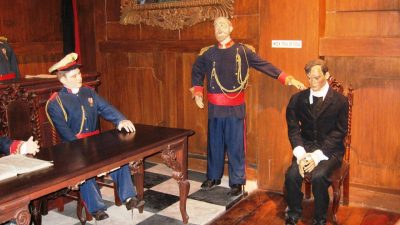On this day in Filipino history, December 9, 1997, President Fidel V. Ramos marked a significant milestone by signing Republic Act No. 8423, giving rise to the Philippine Institute of Traditional and Alternative Health Care (PITAHC).
President Ramos, recognizing the potential of traditional medicine in both health and the economy, strategically incorporated it into one of his administration’s pivotal strategies. PITAHC, established as a government-owned and controlled corporation (GOCC) under the Department of Health, emerged as a response to the contemporary health care needs of the population. The institute aimed to provide and deliver traditional and alternative health care (TAHC) products, services, and technologies that have demonstrated safety, efficacy, and affordability.
PITAHC focuses on the production of convenient forms of medicinal plants, addressing various health concerns. Some notable examples include “lagundi” for cough and asthma, “sambong” as a diuretic to prevent kidney stones, “tsaang gubat” for abdominal pains and as an antimotility agent, “yerba buena” for fever and body pains, “niyog-niyogan” for ascariasis, “bayabas” or guava as a wound disinfectant, “akapulko” for antifungal skin infections, “ulasimang-bato” for arthritis and gout, “bawang” for lowering cholesterol, and “ampalaya” for diabetes mellitus.
In the Philippines, the practice of traditional medicine, handed down through generations, has gained profound significance in health delivery. This is especially noteworthy considering the high cost of Western medical treatments that are often beyond the financial reach of many Filipinos..
(Reference: Philippine News Agency)
(JR AMIGO/AI/MNM)







